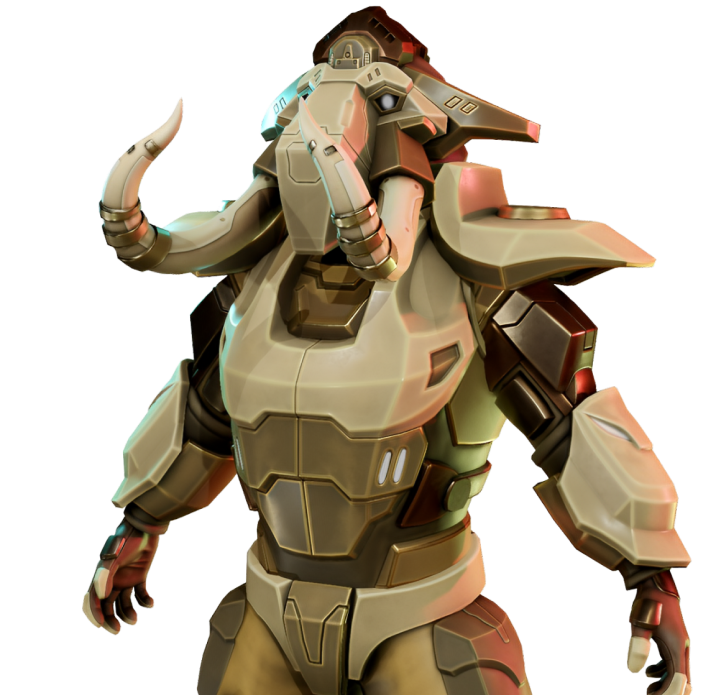In today’s gaming industry, game porting solutions are essential for expanding a game’s reach across multiple platforms. Whether it’s bringing a PC game to consoles, a console game to mobile, or reviving a classic for modern hardware, porting allows developers to maximize their audience and revenue.
However, game porting comes with its challenges, including hardware differences, performance optimization, and control scheme adaptation. In this article, we’ll explore how developers overcome compatibility hurdles when porting games, the best practices they follow, and the tools they use to ensure a seamless experience across platforms.
1. What is Game Porting?
Game porting is the process of modifying an existing game to run on a different platform while maintaining its performance, visuals, and gameplay integrity.
Common Types of Game Ports:
- PC to Console (Cyberpunk 2077 to PlayStation and Xbox)
- Console to PC (Horizon Zero Dawn to Steam and Epic Games Store)
- Mobile to PC & Consoles (Genshin Impact on multiple platforms)
- Older Games to Modern Hardware (The Last of Us Remastered)
2. Challenges in Game Porting & How Developers Overcome Them
A. Hardware Differences & Performance Optimization
Issue: Different platforms have unique hardware architectures, such as GPU capabilities, RAM limitations, and processing power. A game designed for high-end PCs may struggle on older consoles or mobile devices.
Solution:
- Optimizing assets (textures, shaders, and models) to reduce load.
- Adjusting physics calculations to match platform capabilities.
- Using platform-specific rendering techniques (e.g., reducing dynamic lighting on weaker GPUs).
B. Adapting Controls & Input Methods
Issue: A game originally designed for mouse & keyboard must be reworked for gamepads, touchscreens, or motion controls.
Solution:
- Re-mapping controls to fit different input devices.
- Adding aim-assist and sensitivity settings for controller users.
- Implementing touch-friendly UI for mobile ports.
C. UI/UX Adjustments & Screen Resolutions
Issue: Games must support various screen sizes and aspect ratios. A UI designed for PC monitors (16:9) may not work well on ultrawide displays, mobile screens, or handheld consoles.
Solution:
- Scalable UI elements for different resolutions.
- Adapting font sizes and touch-friendly buttons for mobile devices.
- Allowing customizable HUD layouts for player preference.
D. Game Engine Compatibility & Code Refactoring
Issue: Some game engines are platform-specific, making direct porting difficult. A game developed in a proprietary engine may require extensive refactoring.
Solution:
- Using cross-platform game engines like Unreal Engine & Unity.
- Rewriting incompatible code for the target platform.
- Using middleware tools for easier adaptation.
E. Online Features & Cross-Platform Play
Issue: Multiplayer and online features must function across different platforms, often requiring adjustments to matchmaking, networking, and cloud saves.
Solution:
- Implementing cross-platform accounts (Epic Games, Xbox Live, PlayStation Network).
- Adjusting matchmaking pools to maintain fair competition.
- Optimizing netcode for different platform capabilities.
3. Best Tools & Technologies for Game Porting
Modern game porting solutions rely on powerful tools to ensure smooth transitions between platforms.
Cross-Platform Game Engines
- Unreal Engine – Used for high-end PC & console games (Gears of War, Fortnite).
- Unity 3D – Ideal for mobile & indie games (Among Us, Hollow Knight).
- Godot – Open-source alternative for 2D and 3D porting.
Middleware & Compatibility Tools
- Wwise – Adapts audio engines across platforms.
- FMOD – Provides dynamic sound adaptation.
- SDL (Simple DirectMedia Layer) – Handles input, rendering, and networking across platforms.
Porting Frameworks
- MoltenVK – Helps port Vulkan-based games to macOS/iOS.
- DXVK – Converts DirectX calls to Vulkan for better Linux support.
- Proton (Steam) – Helps run Windows games on Linux.
4. Successful Game Porting Case Studies
A. The Witcher 3: Wild Hunt (PC → Nintendo Switch)
- Optimization Techniques Used:
- Texture downscaling & resolution adjustments.
- Dynamic rendering to balance performance.
- Refined control mapping for Switch’s Joy-Cons.
B. Diablo III (PC → Consoles)
- Key Porting Adjustments:
- Modified UI for controller support.
- New local co-op mode added.
- Gameplay tweaks for console-friendly pacing.
C. Fortnite (PC → Mobile & Consoles)
- Cross-Platform Porting Strategies:
- Adaptive performance settings for different devices.
- Touchscreen controls & controller support for mobile.
- Cloud syncing for cross-platform progress.
5. The Future of Game Porting
With new hardware and emerging platforms, game porting solutions will continue to evolve.
Cloud Gaming & Game Streaming
- Platforms like Xbox Cloud Gaming & GeForce NOW reduce the need for extensive porting.
- Cloud-based game streaming allows PC & console games to run on any device.
AI-Driven Porting Optimization
- AI-powered upscaling (DLSS, FSR) enhances performance without compromising visuals.
- Automated code adaptation will simplify porting efforts.
Metaverse & VR Adaptation
- Games will be ported to AR/VR platforms using new interaction models.
Conclusion: The Power of Game Porting
Game porting solutions allow developers to expand their audience, boost revenue, and future-proof their games across multiple platforms. Overcoming compatibility hurdles requires:
- Optimizing performance for different hardware.
- Adapting controls & UI for new input methods.
- Ensuring seamless cross-platform play & multiplayer support.
With advanced tools, AI-driven solutions, and cloud gaming, the future of game porting is more promising than ever!





Leave a comment